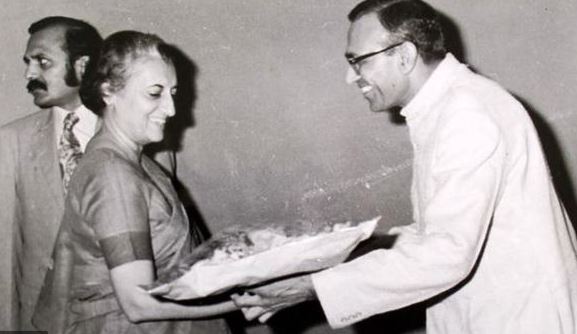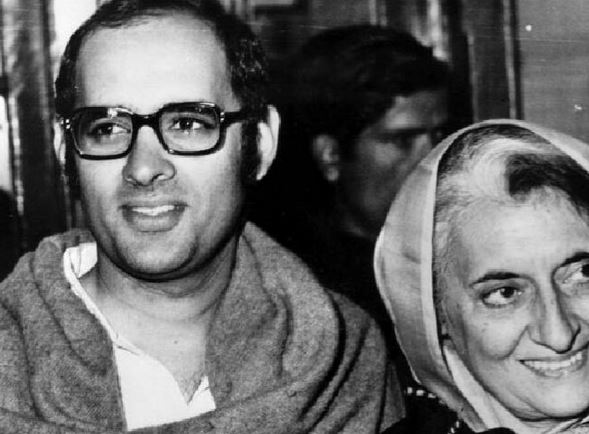Chandigarh: The Emergency, imposed by the then Prime Minister Indira Gandhi on the night of 25 June 1975, has been called the 'darkest episode of Indian democracy'. Haryana was one of the most affected states during the period. Many temporary jails were built here, in which thousands of politicians and those who opposed the Emergency were placed under arrest. Even today, when leaders of the Emergency era narrate their experiences, it reminds us of the horrors of autocracy and dictatorship.
The reason for Haryana being affected more during the Emergency was Bansi Lal, who was then Chief Minister of Haryana. During the Emergency, Indira Gandhi called him to Delhi and made him the Defense Minister. Bansi Lal was very close to Sanjay Gandhi and a confidante of Indira Gandhi. He was part of the cabal around Sanjay Gandhi, along with V C Shukla, Om Mehta and others, who were termed 'the Emergency caucus'. It was allegedly this group, led by Sanjay Gandhi, which had been responsible for various harsh steps implemented during the Emergency. BK Nehru in his autobiography 'Nice Guy's Finish Second' had even mentioned Bansi Lal's admiration for Indira Gandhi. "If you ask me, just make our sister President for life and there’s no need to do anything else," Bansi Lal had said.

Read: Emergency in India: A glance at the nation's darker past
Remembering the era of Emergency, people still say that the whole of Haryana had become a big jail, with people being apprehended for dissent. Apart from this, people were also held forcefully and mass sterilised. During this period, even top leaders were placed in the jails of Mahendragarh or Hisar, with Chaudhary Devi Lal, one of the most vocal voices of the state against the government at that time, lodged in Mahendragarh jail. Among his two sons who were arrested was Om Prakash Chautala who was kept in Hisar jail.
Dr Chandra Trikha in his book 'How to forget the sting of Emergency?' says "Chaudhary Devi Lal was one of the regional pillars of the anti-Emergency movement. When the opposition parties met in Delhi after Indira Gandhi's election was declared invalid, he represented Haryana and became the Chief Minister of a non-Congress government in 1977. Bhajan Lal also became a minister in this government, who had left the Congress post Emergency."

Read: Investigators to recreate 1984 anti-Sikh riot scenes
In Haryana, many women leaders were also imprisoned during the Emergency. Among them was Dr Kamala Verma, the first president of BJP, who went into hiding after the arrest of Atal Bihari Vajpayee and LK Advani, only to be arrested by several CID officers who were roaming around her house. The situation was such that even Congressmen who were not happy with this decision of Indira, were harassed by their own. For this reason, Chandravati, the first woman MP of Haryana, had to live in hiding during that time, because she did not get along with Bansilal who enjoyed close proximity with Sanjay Gandhi as well as Indira Gandhi.
Above all, the most worrisome aspect of Emergency that can never be forgotten is the vasectomy (minor surgery to block sperm from reaching the semen) being imposed across the state. In September 1976, Sanjay Gandhi had initiated a widespread compulsory sterilization programme to limit population growth.

Read: Emergency was a mistake: Rahul
Haryana was issued a target of sterilizing 74,300 people in one year. Though it was reduced to 45,000 later, around 57,492 people were sterilized. In the following year, the target was set to 2 lakh, as a result between 1976-77, 2.22 lakh people were sterilized in Haryana.
What exactly is an Emergency?
An emergency is such a provision in the Indian Constitution, which is used when there is an apprehension of any kind of threat to the country, internally, externally or financially. As a result, the central government can take any kind of decision without any restriction. Emergency has been imposed in our country not once but thrice, the first time in 1968 when the India-China war happened, the second time in 1971 when the India-Pakistan war happened and the third time in 1975.




